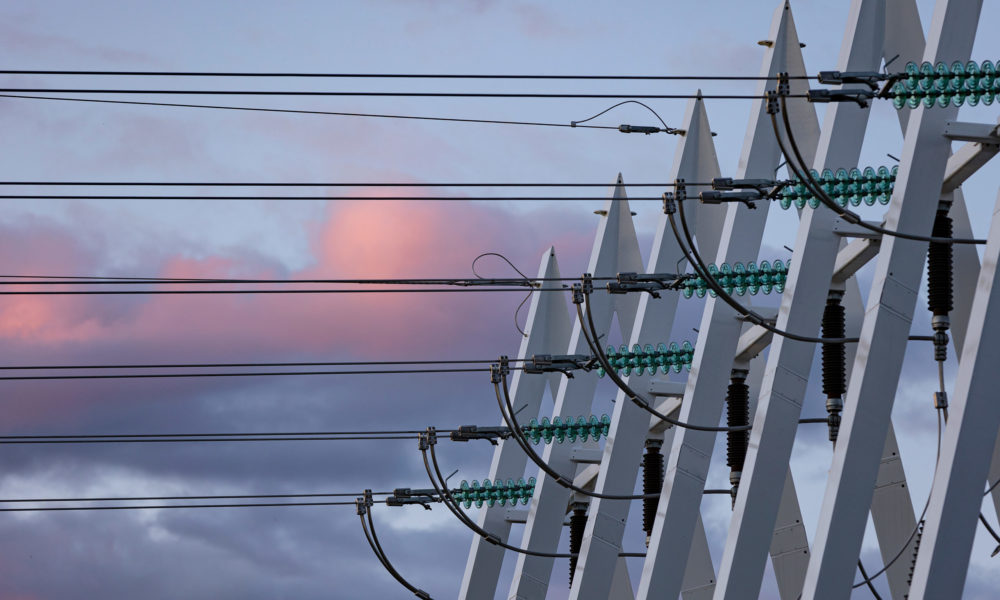“The solution based on shunt compensation boosts the transmission capacity by as much as 500 megawatts, which corresponds approximately to the power output of one of the nuclear reactors in Loviisa,” says Antti Harjula, Manager, Power System Planning at Fingrid.
Harjula heads Fingrid’s Power System Technology unit, which is tasked with ensuring the current and future interoperability of transmission grid components and power plants, both in terms of technology and safety.
Renewable energy is a challenge for electricity transmission

Over the last couple of years, the energy revolution has begun proceeding more quickly than expected in Finland. Wind power is shifting the geographical nexus of energy generation towards Northern Finland while old power plants in Southern Finland are decommissioned. The power generated in the north must be transmitted to the consumption centres in the south without any technical restrictions to impede it.
“It has long been known that electricity transmission between Northern and Southern Finland is limited by the voltage issue. The rapid increase in wind power generation calls for a quick solution to enable undisrupted electricity transmission and maintain a uniform wholesale electricity price area throughout Finland,” says Olli-Pekka Janhunen, Power System Specialist at Fingrid.
Shunt compensation, which will be introduced in 2022 and 2023, is one way for Fingrid to smooth the road towards the green transition and the uptake of emission-free renewable energy.
More efficient utilisation of existing assets

According to Olli-Pekka Janhunen, there are a few alternatives for increasing the rate of electricity transmission between Northern and Southern Finland. Building an entirely new transmission line is a slow process involving phases such as permit applications and environmental impact assessments. Conversely, modern dynamically controlled shunt compensation based on more complex power electronics, is a much more expensive alternative to conventional mechanically-switched compensation.
“In our study, we decided upon mechanically-switched shunt compensation connected to the transformer’s tertiary winding. This solution is based on simpler technology and more efficient use of the existing equipment assets,” Janhunen says.
He says that the solution is up to 20 times less expensive than modern dynamically controlled shunt compensation using the power electronics based technology.
“This solution is also environmentally friendly, as the additional equipment can be installed in a relatively compact space alongside existing substations, so it is not necessary to expand the substation area,” Janhunen says.
Effectively decentralised and easier management of transmission peaks
At present, four strong 400-kilovolt transmission lines pass through cross-section Central Finland in the electricity system of Finland, and one new line is under construction. Shunt compensation is now helping to boost the transmission capacity of these lines.
In practice, shunt compensation is implemented by installing 11 shunt capacitors in the four existing substations in Central Finland. Connecting the shunt capacitors to the lower-voltage tertiary windings in the transformers makes it possible to maximise the efficiency of the existing infrastructure and use inexpensive components.
“Distributing the capacitors across several substations provides us with flexibility for managing outages and ensures that Finland can be kept as a single price area before the planned new transmission lines are completed,” Antti Harjula says.








